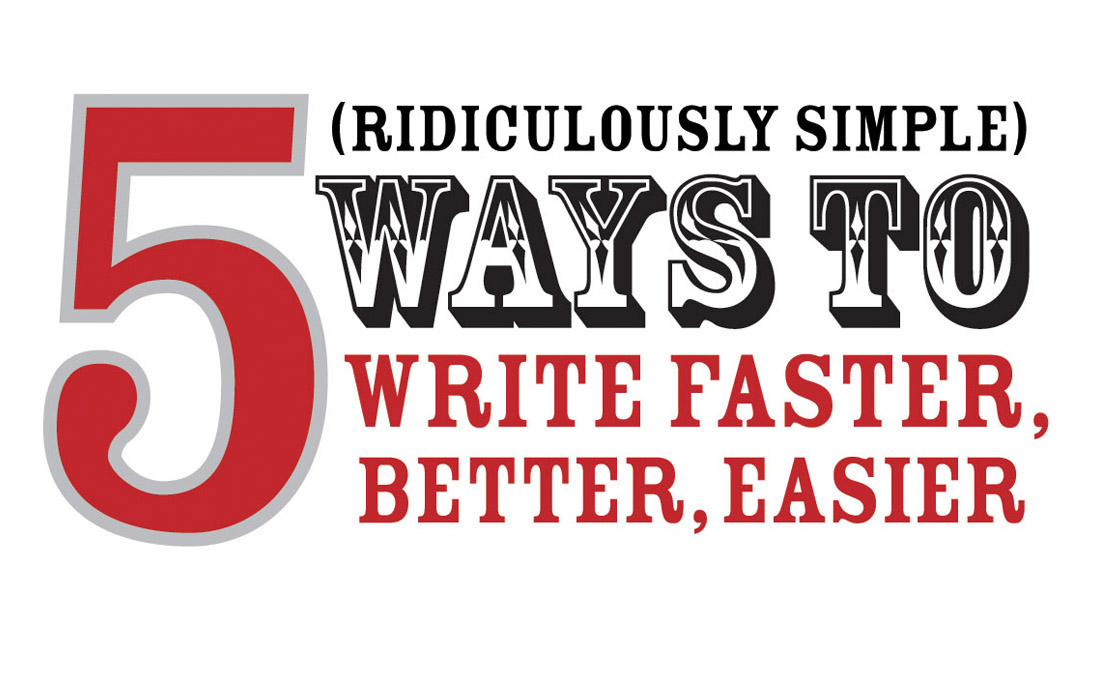Simplify Complex Ideas Using Springboard Stories: Pt. 1
 Saturday, June 30, 2007 at 10:20PM
Saturday, June 30, 2007 at 10:20PM 
“The real voyage of discovery consists not in seeking new landscapes, but in having new eyes.”
Marcel Proust, French novelist (1871 - 1922)
- Imagine there is a simple way to communicate a complex idea, a new landscape, or a new vision to those resistant to change.
- And imagine you understand the story of the person you are telling your own story to.
- Now just think how helpful it would be knowing that there is a tool to help you share your new landscape to others who don't necessarily want to change.
If you are nodding your head by now, then the springboard story just might be the answer you are looking for.
I became interested in the springboard story two years ago when I interviewed Steve Denning about the role of organizational storytelling through corporate video. I mentioned a few of the highlights of my interview with Steve Denning in an earlier post.
Steve is a Master Storyteller. Seems surprising for a guy who studied law and psychology and then went on to become the Program Director of Knowledge Management at the World Bank from 1996 to 2000. Since then, Steve has authored several books on storytelling for leaders, including one on crafting a springboard story.
Steve is not interested in any type of storytelling. Steve’s passion is to help leaders identify and create specific changes for their organization, team, community or world. Steve found that with the help of a springboard story, he was able to shift people from not wanting to do something to doing something.
The Framework for Setting Up a Springboard Story
1. Before you begin to craft a springboard story, ask yourself:
What is that you are trying to change?
What part of the world do I want to change?
What is wrong with it now?
What would it look like if the problem was fixed?
Clearly defining your change is the first step to craft your springboard story.
#2. Know your audience.
Who are you telling the story to? What is the story of the person who does not want to change? Do you know their story? Is it your organization? Your son? Daughter? Global warming? Get inside the head of the person who does not want to change so you can better understand their world view and appreciate their frame of reference. Trying to inspire change requires you to intuit the other person.
Example of a Springboard Story
This is an example of a springboard story from Steve's website:
"In June 1995, a health worker in a tiny town in Zambia logged on to the website for the Center for Disease Control in Atlanta Georgia and got the answer to a question on how to treat malaria.
This was June 1995, not June 2001. This was not the capital of Zambia but a tiny place six hundred kilometers away. This was not rich country: this was Zambia, one of the poorest countries in the world. But the most important part of this picture for us in the World Bank is this: the World Bank isn't in the picture. The World Bank doesn't have its know-how accessible to all the millions of people who made decisions about poverty. But just imagine if it had. Think what an organization it could become.”
In the next post, we’ll examine the three characteristics of a springboard story and the ten steps to craft you own springboard story.
---Tom




Reader Comments